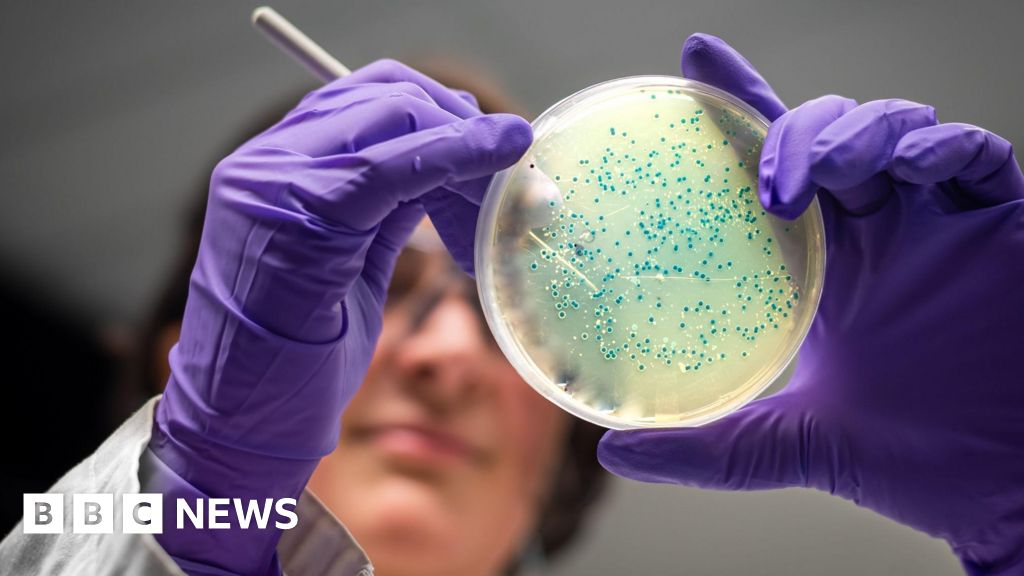Artificial Intelligence Invents New Antibiotics
Artificial intelligence has invented two new potential antibiotics that could kill drug-resistant gonorrhea and MRSA. The medication was designed by the AI atom-by-atom and killed the super bugs in laboratory and tape tests. The two connections still need years of refinement and clinical studies before they could be prescribed.
The Need for New Antibiotics
Antibiotics kill bacteria, but infections that resist treatment now cause more than a million deaths per year. Over-claimed antibiotics have helped bacteria to develop further to avoid the effects of the medication, and for decades there has been a lack of new antibiotics.
How AI Designed the Antibiotics
Researchers have previously used AI to carry through thousands of known chemicals to identify them with the potential to become new antibiotics. Now, the team has gone one step further by using generative AI to design antibiotics for sexually transmitted infection gonorrhea and potentially deadly MRSA. The study surveyed 36 million connections, including those who either do not exist or have not yet been discovered. Scientists trained the AI by giving it the chemical structure of well-known compounds and data about whether they slowed down the growth of different types of bacteria.
The Design Process
The AI then learned how bacteria are influenced by different molecular structures, which are built from atoms such as carbon, oxygen, hydrogen, and nitrogen. Two approaches were tried to design new antibiotics with AI. The first identified a promising starting point by searching a library of millions of chemical fragments, eight to 19 atoms in size, and from there. The second gave the AI free reins from the start. The design process also ejected everything that looked too similar to the current antibiotics and tried to ensure that they invented medication instead of soap and filtered out everything that is poisonous for humans.
Testing the New Antibiotics
Scientists used AI to create antibiotics for gonorrhea and MRSA, a kind of bacteria that live harmlessly on the skin, but can cause serious infection when it enters the body. After production, the leading constructions on bacteria were tested in the laboratory and on infected mice, which led to two new potential drugs.
The Future of Antibiotics
"We are thrilled because we show that generative AI can be used to design completely new antibiotics," says one of the researchers. "AI can enable us to expand molecules cheaply and quickly and in this way and to give us a leg in the battle of our mind against the genes of super bugs." However, they are not ready for clinical studies, and the medication must require refinement – estimated to take one or two years of working – before the long test process could begin in humans.
Challenges Ahead
While AI promises to dramatically improve the discovery and development of drugs, we still have to do the hard work when it comes to testing security and effectiveness. This can be a long and expensive process that does not guarantee that the experimental medication will be prescribed to the patient in the end. Some continue to demand the discovery of AI drugs to improve. There is also a problem with how challenging the AI designs should make. Of the top 80 gonorrhea treatments that were theoretically designed, only two were synthesized to create medication.
Economic Challenges
There is also an economic problem that is taken into account in drug-resistant infections – "How do you do drugs that have no commercial value?" If a new antibiotic were invented, it would ideally be used as little as possible to keep its effectiveness, which makes it difficult for everyone to make a profit.

